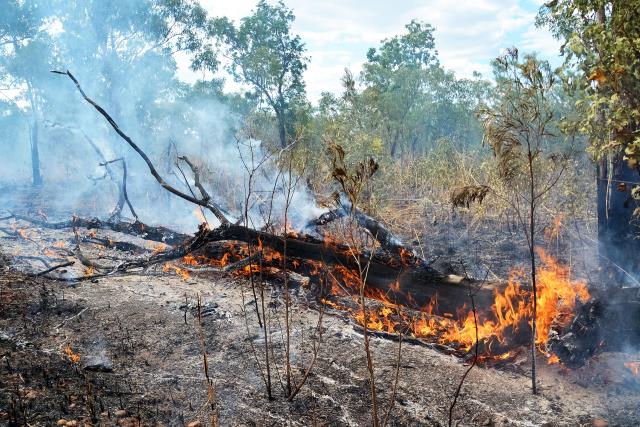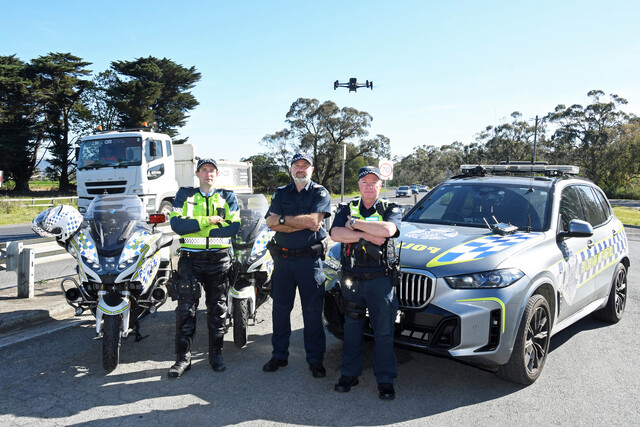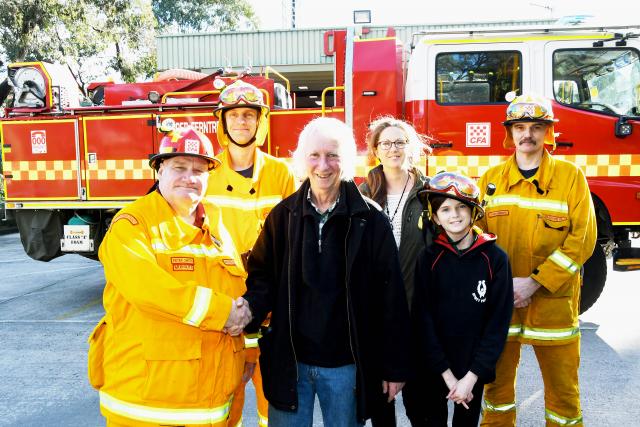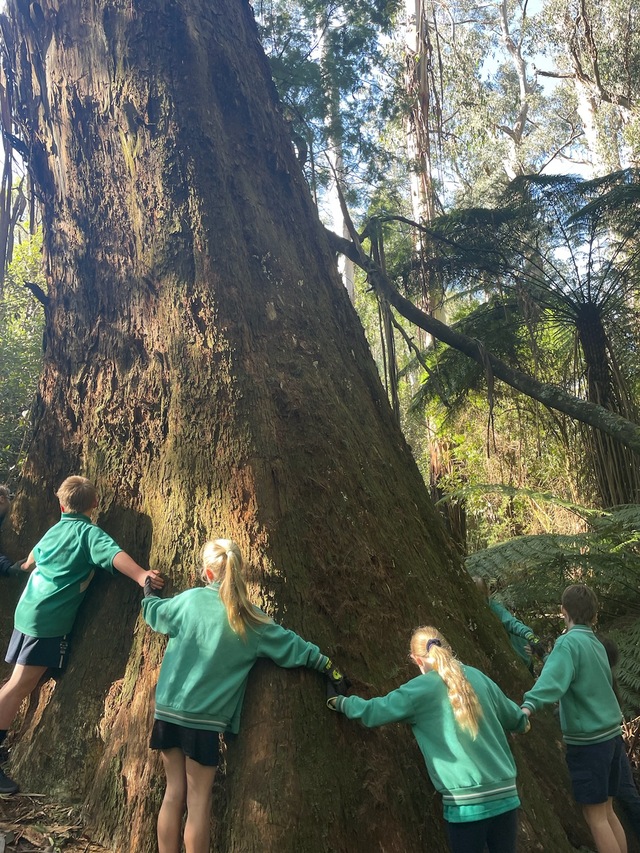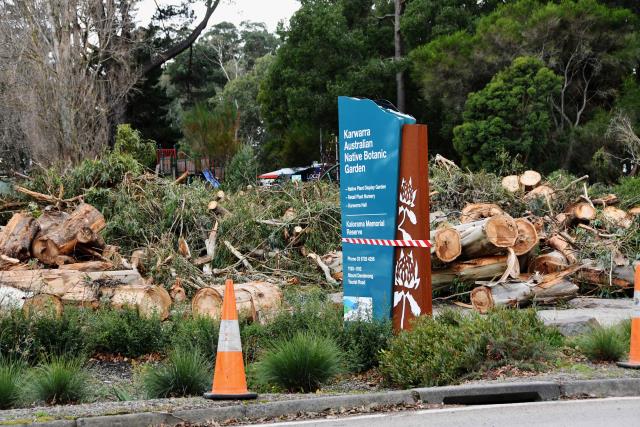A new study aiming to improve bushfire maps is asking for people who have had an experience with bushfires in the last year to complete a survey, particularly focusing on those present during the 2019-20 season.
The research is funded by Natural Hazards Research Australia and involves partners at RMIT University, Country Fire Authority, Emergency Management Victoria, Queensland University of Technology, Deakin University and Swinburne University.
CFA Senior Research Scientist Chloe Begg said the aim of the project is to have a clearer understanding of the role of fire predictions in agency communication with the public during an emergency.
“There have been advances in technology, and these types of maps are generally used internally for decision-making. During an incident, they are used for fast intervention but they’re generally not released to the public,” she said.
“There’s been quite a lot of interest from other jurisdictions and political pressure put on jurisdictions to consider using such products in the future to complement existing platforms.”
RMIT Senior Research Fellow Dr Erica Kuligowski said the study is interested in understanding how people are using and making sense of maps during bushfire events.
“We’re interested in talking to people with a range of experiences with bushfires as well as maps,” she said.
“To understand when we show them out, what do they see, what are they telling them and if it’s useful to them, and if it’s something that they would like to use in the future.”
The survey is particularly aimed at people in Cardinia Shire because of local residents’ experiences during the 2019-20 bushfires.
Dr Kuligowski said people can complete the survey with as much information as they are willing to supply, with a particular focus on what type of information they received during the fire, if they used maps during it and whether it influenced their decision-making.
“Something that was new in the 2019 2020 fires was some of these predictive maps showing where the fire may spread and as jurisdictions are interested more and more in using those maps since they’re brand new, we’re interested in understanding what people see when they take a look at that map,” she said.
“The whole goal of this project is to be able to start to standardise what these maps may look like. From one jurisdiction to the other, these maps may look more similar and be something that people can take a look at and understand right away.”
People willing to complete the survey can find more information at bit.ly/3fnOChN
Dr Kuligowski said she is grateful to anyone who I willing to take part in the study because having feedback from users is particularly important.
“Thank you to everyone who’s participating who’s interested in participating because your feedback matters.”
Ms Begg said the researchers hope practical applications are able to be developed by the study.
We’re really hoping that this isn’t in the filing cabinet somewhere that the agencies are able to use it to inform the decision-making,” she said.
“We’re hoping that there’ll be an opportunity for national consistency with these products.”

